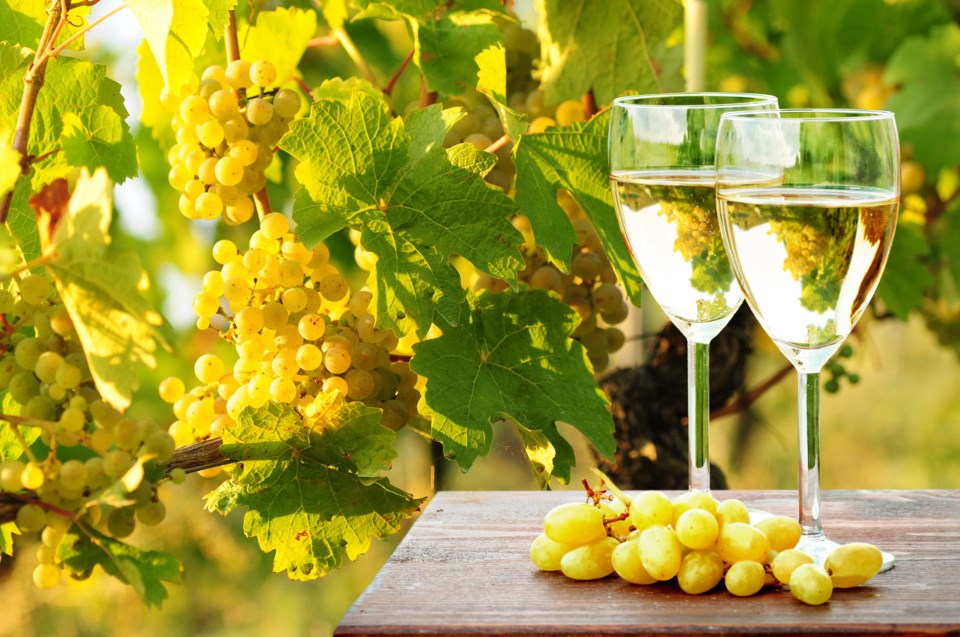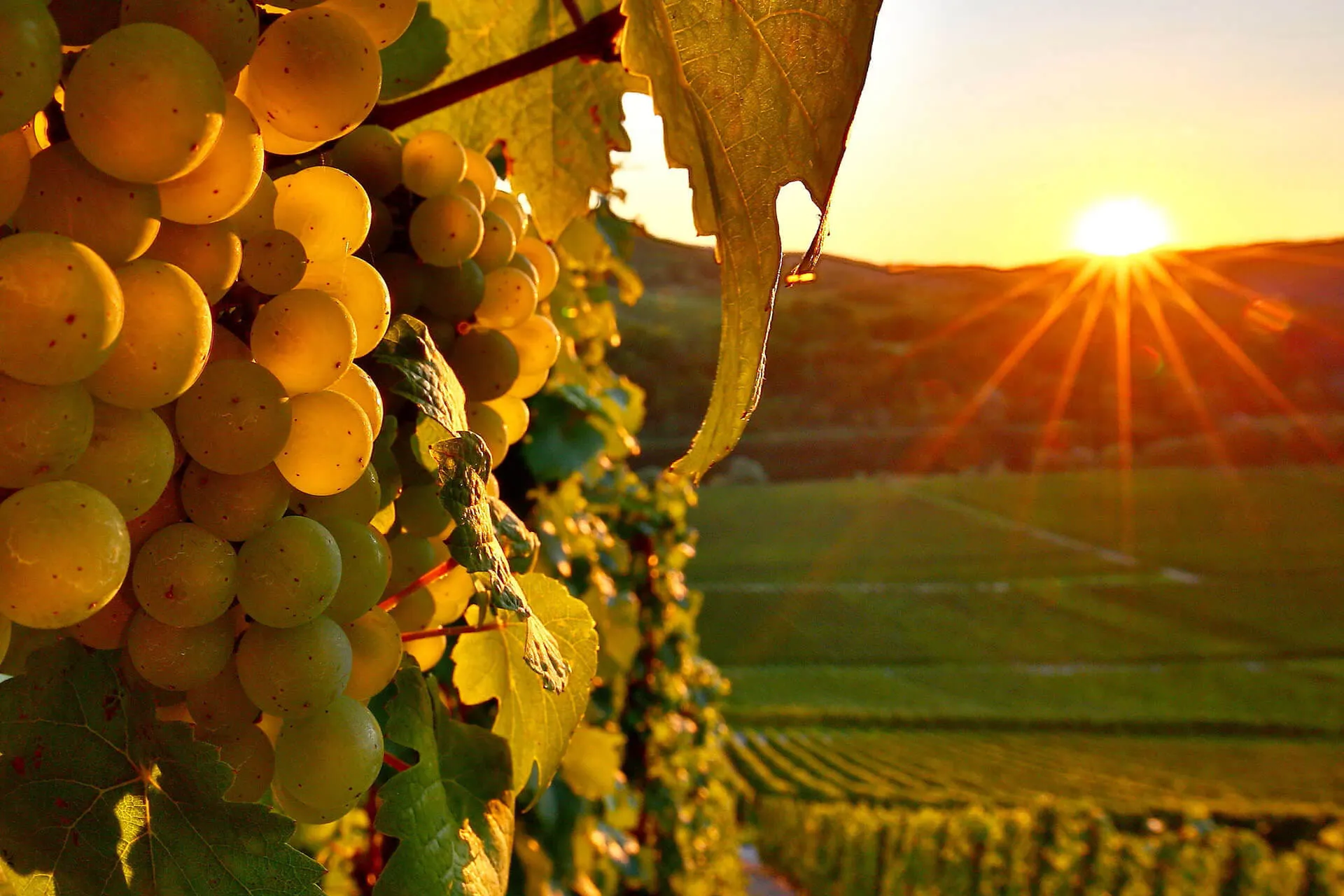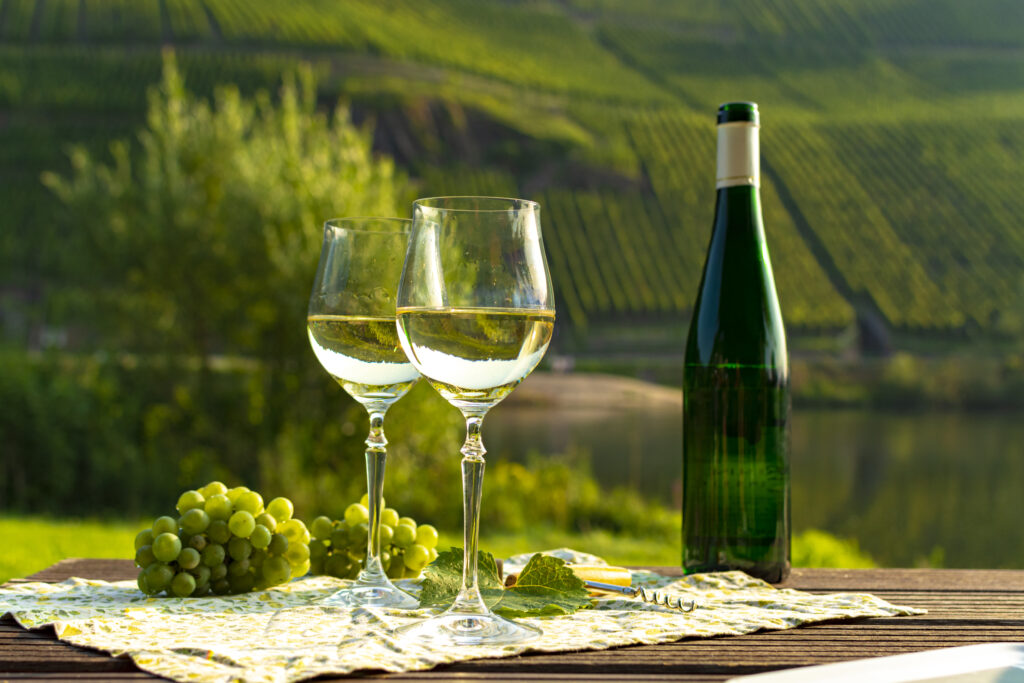German Riesling stands as one of the wine world’s most misunderstood treasures. While many wine enthusiasts automatically associate German Riesling with sweetness, the reality is far more nuanced and exciting. This remarkable grape variety produces an extraordinary spectrum of wines ranging from bone-dry expressions that rival the world’s finest white wines to lusciously sweet dessert wines that can age for decades.
Germany’s dedication to Riesling is unparalleled – no other country focuses on this noble grape with such intensity and precision. From the steep, slate-covered slopes of the Mosel to the gentle hills of the Rheingau, German winemakers have perfected the art of crafting Rieslings that express both terroir and the grape’s inherent versatility. The confusion surrounding German Riesling’s sweetness often stems from complex labeling systems and historical associations, but understanding these wines opens up a world of extraordinary drinking experiences.
The key to appreciating German Riesling lies in recognizing that sweetness is just one dimension of these wines. Whether dry, off-dry, or sweet, all German Rieslings share certain characteristics: brilliant acidity, intense fruit flavors, and an ability to reflect their specific vineyard sites with remarkable clarity. This combination of high acidity and varying sweetness levels creates wines that are both food-friendly and capable of standing alone as contemplative sipping wines. For wine lovers seeking to expand their palates beyond mainstream varietals, German Riesling offers an adventure in taste that spans from crisp aperitifs to rich dessert wines.
Understanding the German Riesling Sweetness Spectrum

German Riesling encompasses the full range of sweetness levels, making it one of the most versatile wine styles in the world. The sweetness in these wines isn’t arbitrary – it’s carefully balanced against the grape’s naturally high acidity, creating harmonious expressions that never feel cloying or unbalanced.
Bone-dry German Rieslings showcase the grape’s mineral backbone and citrus-driven character. These wines typically display flavors of green apple, lemon, and lime, with a crisp, refreshing finish that makes them excellent aperitifs. The dry style allows the terroir to shine through, revealing the subtle differences between Germany’s various wine regions.
Off-dry or semi-sweet Rieslings strike a delicate balance between fruit sweetness and acidity. These wines often feature flavors of peach, apricot, and honey, with a softer mouthfeel than their dry counterparts. This style represents the sweet spot for many Riesling enthusiasts, offering complexity without overwhelming sweetness.
Sweet German Rieslings range from moderately sweet to intensely concentrated dessert wines. These expressions showcase rich flavors of dried fruit, candied citrus, and honey, with textures that can be both elegant and luxurious. The sweetest styles, such as Trockenbeerenauslese, represent some of the world’s most prized dessert wines.
The beauty of German Riesling lies in how each sweetness level maintains the grape’s signature characteristics while offering distinct drinking experiences. This versatility makes German Riesling suitable for virtually any occasion, from casual weeknight dinners to special celebrations.
Decoding German Wine Labels: Your Guide to Sweetness

Understanding German wine labels is crucial for selecting the right Riesling for your taste preferences. The German classification system, while initially complex, provides valuable information about both quality and sweetness levels.
The Prädikatswein System represents Germany’s highest quality category, with six distinct levels based on grape ripeness at harvest. Kabinett wines are the most delicate, produced from grapes with the lowest sugar levels and often presented in dry to off-dry styles. Spätlese, meaning “late harvest,” offers richer fruit character and can range from off-dry to moderately sweet.
Auslese wines are made from specially selected, extra-ripe grape bunches and typically present as sweet wines with complex fruit flavors. The dessert wine categories – Beerenauslese and Trockenbeerenauslese – represent increasingly rare and sweet expressions, often affected by noble rot for added complexity.
Quick Sweetness Indicators can help navigate German labels without extensive wine knowledge. Wines labeled “Trocken” are dry with minimal residual sugar, while “Halbtrocken” or “Feinherb” indicate off-dry styles. Perhaps most importantly, alcohol content serves as a reliable sweetness indicator: Rieslings above 11.5% alcohol typically taste dry, while lower alcohol levels generally indicate sweeter wines.
This labeling system, once understood, becomes an invaluable tool for selecting German Rieslings that match your preferred sweetness level and occasion.
Regional Variations: How Geography Influences Sweetness

Germany’s diverse wine regions each contribute unique characteristics to Riesling production, influencing both style and sweetness preferences. Understanding these regional differences helps wine enthusiasts appreciate the full spectrum of German Riesling expressions.
The Mosel Valley produces some of Germany’s most iconic Rieslings, characterized by their light body, laser-like precision, and often lower alcohol levels. The region’s steep, slate-covered slopes create wines with spine-tingling acidity and delicate fruit flavors. Mosel Rieslings often showcase the sweeter end of the spectrum, with many producers crafting off-dry and sweet styles that have made the region famous worldwide.
The Rheingau enjoys a historic reputation for aristocratic Riesling with distinctive elegance. This region tends toward drier styles, producing wines with focused minerality and supple textures. Rheingau Rieslings demonstrate how German producers can craft bone-dry wines that rival any white wine region globally while maintaining the grape’s characteristic fruit intensity.
The Pfalz represents Germany’s largest wine region and produces Rieslings across the entire sweetness spectrum. The region’s warmer climate allows for both crisp, dry expressions and rich, sweet wines, often from the same producer. This diversity makes Pfalz an excellent region for exploring different Riesling styles.
Each region’s unique combination of climate, soil, and winemaking traditions creates distinct expressions of Riesling, proving that German wine regions offer something for every palate preference.
Tasting Notes and Food Pairing Recommendations
German Riesling’s flavor profiles vary dramatically based on sweetness level, but certain characteristics remain consistent across styles. All German Rieslings showcase the grape’s signature high acidity, which provides freshness and food-pairing versatility.
Dry German Rieslings typically present flavors of green apple, citrus, and stone fruits, often with mineral undertones that reflect their vineyard sites. These wines pair excellently with seafood, light salads, and fresh cheeses. Their crisp acidity makes them natural partners for dishes with bright, acidic components.
Off-dry Rieslings offer more fruit-forward profiles with peach, apricot, and honey notes. These wines excel with spicy cuisines, particularly Asian dishes, where the slight sweetness balances heat while the acidity cuts through rich sauces. Soft cheeses and fruit-based appetizers also pair beautifully with off-dry styles.
Sweet German Rieslings showcase intense fruit flavors ranging from tropical fruits to dried stone fruits, depending on concentration levels. These wines pair wonderfully with desserts, strong cheeses, and foie gras. The sweetest expressions often stand alone as meditation wines, offering complex flavors that evolve in the glass.
The serving temperature significantly impacts Riesling’s flavor expression. Sweet Rieslings are best served at 45°F, while dry styles benefit from slightly warmer temperatures around 50°F. This temperature difference helps optimize each style’s unique characteristics and enhances the drinking experience.


